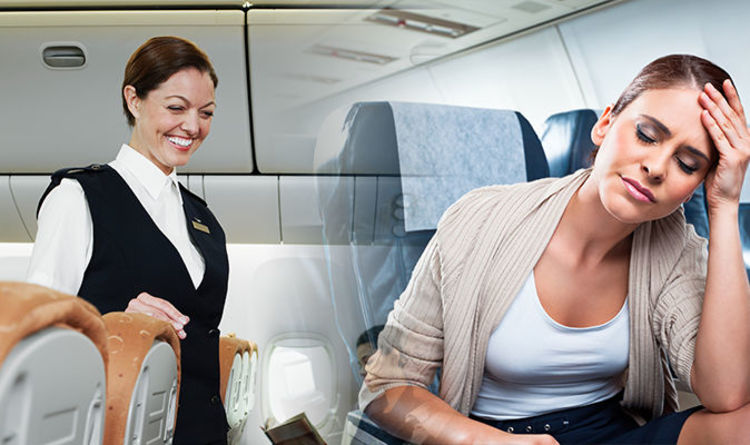For many travelers, motion sickness can make flying an uncomfortable experience. Symptoms like nausea, dizziness, headaches, and cold sweats can turn even a short flight into a nightmare. According to an experienced flight attendant from British Airways, where you sit on the plane can have a significant impact on how you feel during the flight. The flight attendant, speaking with Ocean Florida, explained that passengers prone to motion sickness should avoid seats at the back of the plane. This area tends to experience the most turbulence because it is farther from the plane’s center of gravity. The bumps and sudden movements are felt more strongly, increasing the likelihood of sickness.
The Best Seats for a Smooth Ride
Instead of sitting at the rear, the flight attendant suggests booking a seat near the plane’s wings, ideally in the middle section of the aircraft. These seats offer greater stability because they are closer to the plane’s center of lift and gravity, where motion is minimized.
“I would also always go for an aisle seat,” the crew member advised. “Not only does this prevent any heights-induced anxiety, but it also makes it a lot easier for you to move about the plane, easing the feelings of claustrophobia.”
Having easy access to the aisle means you can quickly get up and stretch your legs or walk around if you start feeling queasy, which can significantly help manage symptoms of motion sickness.

More Expert Tips: What Science Says
Advice from the flight attendant aligns with tips provided by Dramamine, a brand well-known for motion sickness treatment. According to their travel guide, choosing your seat wisely is crucial for minimizing discomfort.
“Because you’re flying through air currents, the flight will have a normal bumpiness to it,” Dramamine’s website notes. “Different seats, however, may be bumpier than others. Choose a seat between the plane’s wings or closer to the front of the airplane, where the ride tends to be more stable. Avoid sitting in the back of the plane.”
In addition to turbulence, the back of the plane is often located close to lavatories. This can bring about unpleasant odors that might worsen nausea, especially for those already feeling unwell.

Practical In-Flight Tips for Managing Motion Sickness
Beyond choosing the right seat, passengers are encouraged to take control of other small aspects of their flight environment. One simple yet effective tip is to use the air vent above your seat to keep a steady stream of cool air blowing on your face. Cool air can help lower the risk of airsickness. Passengers should also avoid greasy or spicy foods before and during the flight, as heavy meals can upset the stomach further. Instead, light snacks are preferable. It’s also a good idea to avoid looking at screens or reading materials for long periods, as focusing too closely on small objects can trigger nausea. The flight attendant added that asking for ginger ale from the beverage cart could also help. Ginger is a natural remedy known to soothe nausea and is a common recommendation for travelers.
Final Thoughts: Prepare Before You Board
For anyone prone to motion sickness, a little preparation can go a long way. Choosing the right seat, staying hydrated, and following these small but impactful strategies can make air travel a much more comfortable experience. Next time you book a flight, remember — the middle seats near the wings and an aisle spot could be your best bet for a turbulence-free, nausea-free journey.

















